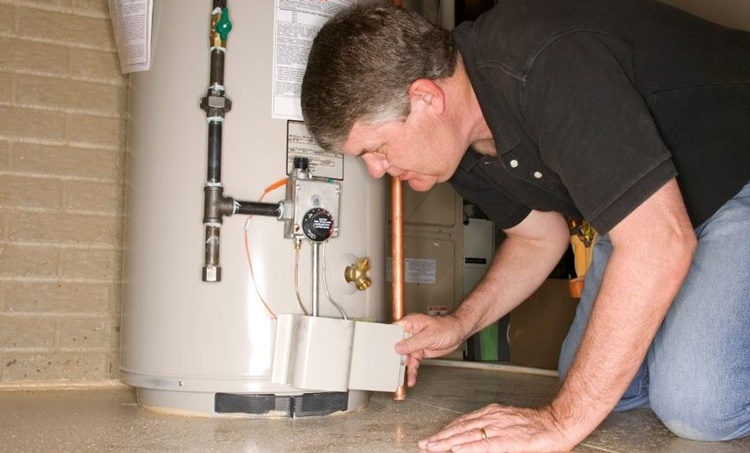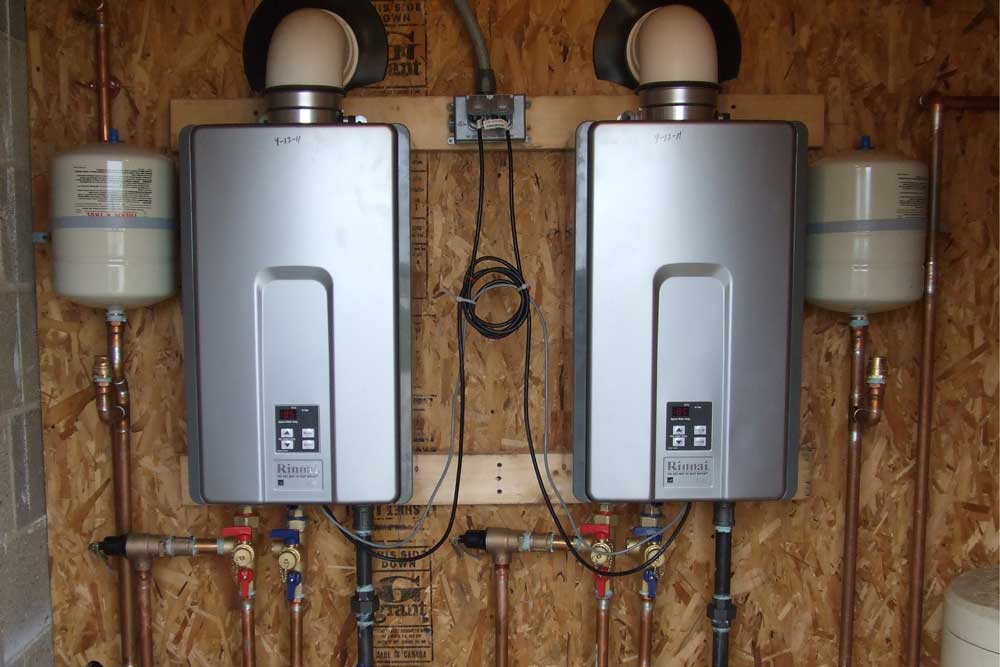Essential Advice on Caring for Your Home's Hot Water System
Essential Advice on Caring for Your Home's Hot Water System
Blog Article
Are you hunting for critical information about Tips on Maintaining a Water Heater?

Hot water is essential for day-to-day comfort, whether it's for a refreshing shower or cleaning dishes. To guarantee your warm water system runs successfully and lasts much longer, regular upkeep is vital. This short article gives functional suggestions and insights on just how to preserve your home's hot water system to avoid interruptions and expensive repair work.
Intro
Preserving your home's hot water system could seem overwhelming, yet with a couple of easy actions, you can ensure it operates smoothly for several years to come. This overview covers whatever from recognizing your hot water system to do it yourself maintenance tips and recognizing when to contact specialist assistance.
Importance of Preserving Your Warm Water System
Regular upkeep not only expands the lifespan of your warm water system but likewise guarantees it operates effectively. Overlooking upkeep can result in lowered effectiveness, greater energy bills, and also early failure of the system.
Indicators Your Hot Water System Needs Upkeep
Recognizing when your hot water system requires focus can avoid significant issues. Watch out for indicators such as irregular water temperature, odd sounds from the heating system, or rusty water.
Comprehending Your Warm Water System
Before diving into maintenance jobs, it's helpful to understand the fundamental elements of your warm water system. Generally, this includes the hot water heater itself, pipelines, anode poles, and temperature controls.
Month-to-month Upkeep Tasks
Normal monthly checks can help catch minor issues prior to they escalate.
Flushing the Water Heater
Flushing your water heater removes sediment buildup, boosting performance and lengthening its life.
Checking and Changing Anode Rods
Anode poles prevent corrosion inside the tank. Checking and changing them when broken is critical.
Inspecting and Adjusting Temperature Setups
Readjusting the temperature setups ensures optimal performance and safety.
Do It Yourself Tips for Upkeep
You can do numerous maintenance jobs yourself to keep your warm water system in leading condition.
Looking for Leakages
Consistently evaluate pipelines and links for leaks, as these can cause water damage and higher bills.
Testing Stress Alleviation Valves
Checking the pressure relief valve ensures it functions appropriately and protects against too much pressure buildup.
Shielding Pipelines
Protecting hot water pipes lowers warmth loss and can conserve energy.
When to Call an Expert
While DIY maintenance is beneficial, some concerns call for expert knowledge.
Complex Issues Calling For Expert Aid
Instances include major leaks, electric issues, or if your water heater is continually underperforming.
Routine Professional Upkeep Benefits
Specialist maintenance can consist of extensive evaluations, tune-ups, and making certain conformity with safety requirements.
Conclusion
Routine maintenance of your home's warm water system is essential for performance, longevity, and price financial savings. By complying with these tips and recognizing when to seek expert help, you can make sure a dependable supply of warm water without unexpected interruptions.
Water Heater Maintenance: The Basics
Maintaining your water heater will ensure it operates efficiently and has a longer lifespan. Neglecting regular maintenance can lead to costly repairs and an even bigger chunk of your savings if you have to replace it sooner than necessary. But there’s good news: Most water heater maintenance tasks are relatively simple and easy for homeowners with basic DIY skills.
Flush the Water Heater
Over time, sediment and minerals can build up in the tank, reducing its efficiency and potentially causing damage. To flush the tank, turn off the power or gas supply, attach a hose to the drain valve near the bottom and open the valve to drain the water until it runs clear. Ideally, flush the tank annually.
Replace the Anode Rod
The anode rod is a sacrificial metal rod that helps prevent corrosion inside the tank. Inspect and replace it every three to five years or per the manufacturer's recommendation. To replace the anode rod, turn off the power or gas supply, drain a few gallons of water from the tank, unscrew the old rod and replace it with a new one. If the anode rod is significantly corroded or covered in calcium buildup, it's a sign the water heater may need to be replaced soon.
Tune-Up
A yearly tune-up can help identify potential issues and ensure your water heater operates at peak efficiency. This typically involves checking the thermostat, burner assembly (for gas heaters) and any other components specified by the manufacturer. During a tune-up, the technician may also clean the burner and adjust the pilot light (for gas heaters) or examine the heating elements (for electric heaters).
How to Maintain Your Water Heater
Insulate the tank. Insulating the tank can improve energy efficiency and reduce heat loss, saving you money on energy bills. You can purchase precut insulation blankets designed specifically for water heaters or use standard fiberglass insulation wrapped securely around the tank. Check the temperature. The recommended water temperature for most households is around 120 degrees Fahrenheit (49 degrees Celsius). Higher temperatures can increase energy costs and potentially cause scalding. Use a kitchen thermometer to check the temperature at the faucet nearest the water heater. Monitor water pressure. Excessive water pressure can strain the water heater and cause leaks or even tank failure. Install a pressure-reducing valve if necessary. The ideal water pressure range is between 60 and 70 PSI (pounds per square inch). Test the temperature and pressure (T&P) relief valve. The T&P relief valve is a safety feature that releases pressure if the tank gets too hot or the pressure builds up too high. Test it annually by lifting the lever and allowing a small amount of water to release. Replace the valve if it doesn't release water or reseal properly. Check for leaks. Regularly inspect the tank, pipes and fittings for leaks or corrosion. Deal with issues promptly to prevent further damage. Even a small leak can lead to significant water damage over time. Consider a tankless water heater. If your traditional tank-style water heater is nearing the end of its lifespan ( typically 10 years), consider replacing it with a tankless water heater. These units heat water on demand, reducing standby energy losses and potentially saving you money on your energy bills. Schedule professional maintenance. While homeowners can perform many water heater maintenance tasks, it's still a good idea to schedule professional maintenance every few years. A plumber or HVAC technician can thoroughly inspect the unit, identify potential issues and ensure it operates safely and efficiently. https://www.homeserve.com/en-us/blog/home-improvement/hot-water-heater-maintanence/

We were shown that report about Tips on Maintaining a Water Heater through someone on another web property. Sharing is nice. Helping people is fun. Thanks for going through it.
Prices & Booking Report this page